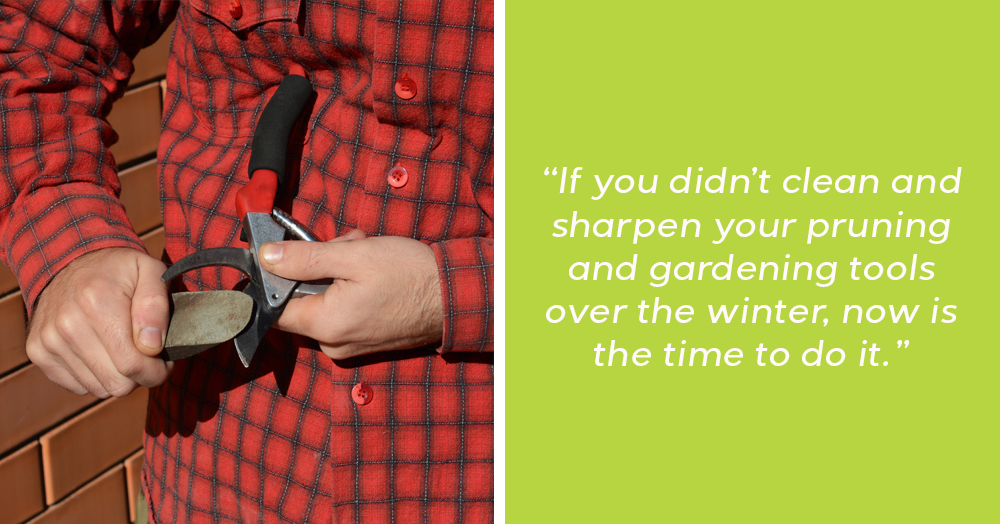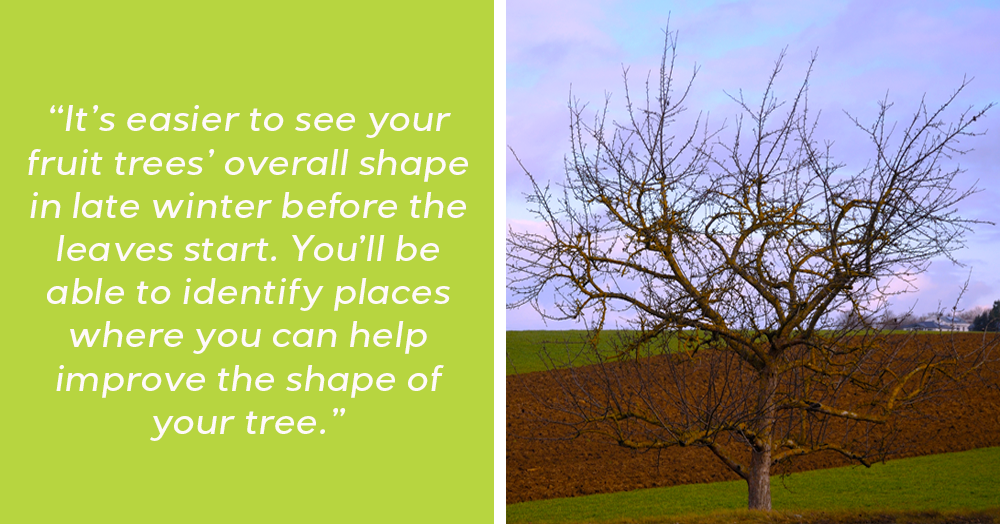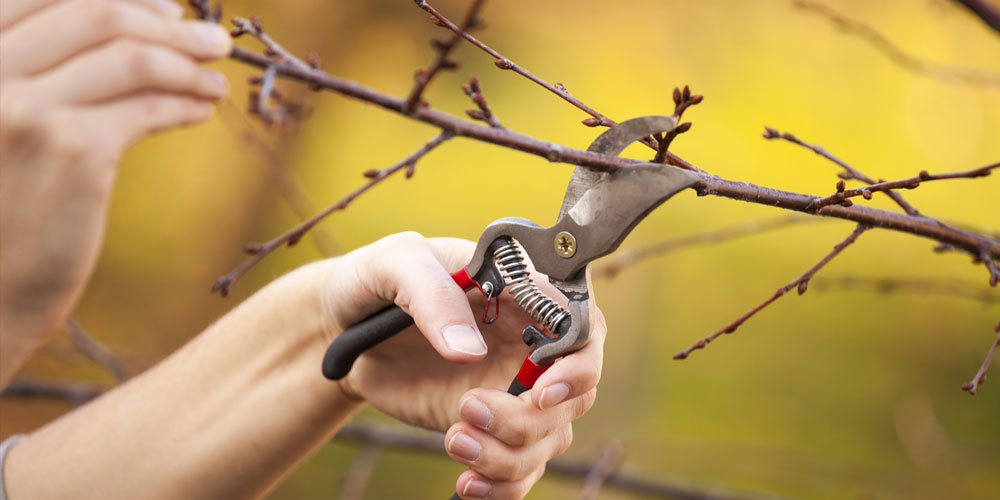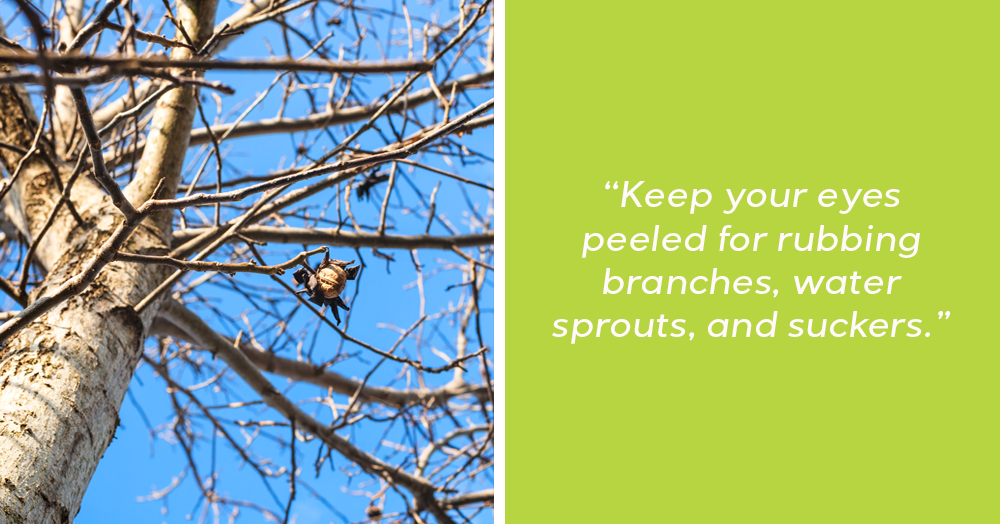An Easy Guide to Late Winter Fruit Tree Care
Winter is still hanging on in Powell River, but spring is most definitely just around the corner, which means it’s time for a little late-winter fruit tree maintenance. Towards the end of winter is when you need to start thinking about pruning most of your fruit trees to help them produce a full crop of delicious fruit this coming summer.

If you didn’t clean and sharpen your pruning and gardening tools over the winter, now is the time to do it, so you can start pruning your fruit trees. There are two different types of pruning that might need to be done to your fruit trees this winter. There are heading cuts, which encourage lush new growth, and thinning cuts, which improve air circulation, allow light into the tree crown, and prevent diseases and damage.
Just remember to never remove more than 1/3rd of the tree’s total volume per year.
Start With Thinning Cuts on Your Fruit Trees
If it’s been a few years since your fruit trees have had any late winter pruning, you should start by assessing the overall tree. Identify any limbs that fit into the 3 D’s: dead, damaged, or diseased, and remove those.
If you remove limbs with disease, make sure to sanitize your tool before making another cut, and either burn the diseased limb right away this winter or dispose of it in garbage bags so it doesn’t spread to other trees.

Once you’ve removed any of those issues, look for opportunities to thin out the crown of your fruit tree a little bit. It’s easier to see your fruit trees’ overall shape in late winter before the leaves start. You’ll be able to identify places where you can help improve the shape of your tree.
Look for branches that are crowded and rubbing together, and remove the one that is rubbing. Look for water sprouts and suckers going straight up vertically from branches, and remove them. Remove any suckers around the base of the tree this winter, and keep your eyes out for any that show up in the spring.
You don’t want to thin out the crown of your tree too much, but it is good to open it up a little bit. The ideal shape for a fruit tree is like a goblet, with several strong branches that are evenly spaced with plenty of room for birds to fly through and for light and air to enter the crown of the tree. This will help prevent disease spread, improve your harvest, and prevent damage from winter storms.

Always make your late winter pruning cuts on an angle and relatively close to the trunk or limb of your fruit trees, but don’t cut into the branch collar, the slightly wider bit at the base of a limb. Cutting into the collar exposes the tree’s trunk and can pose as an invitation for bacteria.
Finish with Heading Cuts on Your Fruit Trees
Heading cuts in late winter will encourage lush, bushy growth on your fruit trees in spring. Trimming back the ends of branches to just before a bud will encourage the tree to put more energy into the other buds remaining on the stems.
Heading cuts during the winter helps to keep your fruit trees to a more manageable size. Keeping them to a nice sturdy length also means they’ll be able to easily support the weight of any fruit this summer without the risk of breaking. You can also do heading cuts on the top of your tree to keep it to a reasonable height, so you don’t have to bring in a picker truck to get all your fruit at the end of the season.

If your fruit trees have been regularly pruned every winter, you probably won’t have too much to do. Keep your eyes peeled for rubbing branches, water sprouts, and suckers. It’s a good idea, even if you won’t do any pruning, to give your fruit trees a thorough inspection every winter before the leaves burst, to check for any signs of disease.
If you need any tools to get your fruit tree pruning done, swing by the garden centre. We’ve got plenty of choices available, and we can also offer advice if you have any questions.

